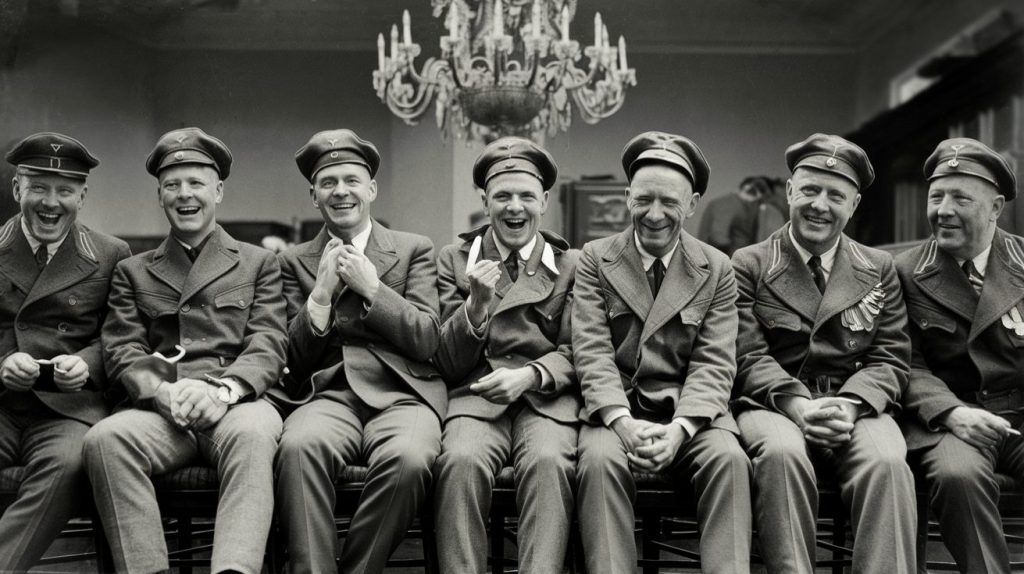America has had a tradition of seeking freedom, but when it comes to our politics we have a very constricting system where only Republicans and Democrats have an impact on our nation’s present and future. For a nation that reveres messaging like the “Don’t tread on me” flag and building an arsenal of firearms to potentially resist government tyranny the allegiance, subservience, and control that we give to the two major parties sounds antithetical to who Americans are and always have been. That contradiction has resulted in continued efforts to blaze a new path, an effort to restore independence and concern for the American people themselves in politics, the third political party.
Dominant political parties in America have taken many forms over the years. America begun with two political parties, the Federalists and the Anti-Federalists or Democratic-Republicans, have offered different iterations with the Know-Nothing, Union, and Whig Party, and since the 1850’s have been under the full control of the Democrats and Republicans. It was the stranglehold of the first two political parties, however, that led to the first third political party, the Anti-Masonic party.
The Anti-Masonic party begun a tremendous strain of political rebellion against the major political parties, the third party. Before it is possible to understand the party’s beliefs and what it opposed, Masonry, it is important to learn what Masonry was.
Today, many people would assume that if they heard the term Mason, or Free Mason, it was someone who worked with stone, but historically, that was not always the case. The Masons were an order of men who came together to build a society of friendship and mutual aid whose goal was to bind themselves together in secrecy and good will. The society began in the British isles and was transmitted via imperialism. It is the largest secret society worldwide and reports between two and six million members today. They are willing to advertise their membership, but not their rituals or insider information leaving many in a place of respect, fear, curiosity, and suspicion.
How does a relatively innocuous sounding secret society like the Masons get to the point that it was despised by a nation-wide political party? The final spark was the disappearance of ironically a Masonic bricklayer named William Morgan from the Western New York of 1826. Suspicions and anger were kindled by the rumor that Morgan was working to create an expose book on the Masons and coupled with his disappearance without a trace as well as various other attempts to silence him, many thought that the Masons were behind it which sent waves of fear throughout the surroundings. Upstate New York at that time had many religious and cultural reform movements that pulsed through it which made it a great location for a new movement to take root. Le Roy, NY, even went as far as to write an Anti-Masonic declaration of independence.
Long term, Masons had made themselves unpopular in America. Many of the wealthy and powerful people in communities had joined the Masons so those who opposed them saw themselves partially as avenging the wrongs of the rich and famous in their community. Similar to today, these beliefs gave an opportunity for conspiracy theories to explain a reason for the dissatisfaction that they felt. Later presidential candidates would target the bank of the United States, immigrants, and Catholics among others.
Some Anti-Masons saw it as an enemy of Christianity and others still saw it as a threat to the American government with worries that they would hold their faith to the movement over the American government and would present a divided loyalty. Those who were worried about divided loyalties also had the same fear about Catholics and Mormons and their intentions during these times.
Aspiring males felt a strong gravitational pull to join the Masons. If they desired a political career it was a great place to network with all of the most powerful people in town. These people included many of the top politicians in America including William Seward the secretary of state in the Lincoln administration, Thaddeus Stephens an anti-slavery congressman, and President George Washington among others.
Quickly the Anti-Masonic party found that they had tapped into a groundswell of popular support and their popularity quickly grew. When President John Quincy Adams ran for re-election as president he felt it necessary to declare that he never was a Mason and never will be and sought the support of the Anti-Masonic party. The party demonstrated that their candidates could win at the local and state level so they decided to host a national political convention in Philadelphia, America’s first, in 1831 where they nominated former attorney-general William Wirt for president and additionally created the first political party platform or set of beliefs which was focused on suspicion and hatred of Masons in American history.
The 1832 presidential election, however, did not go as well as their early elections. Wirt only won the state of Vermont and a grand total of 7 electoral college votes, a great disappointment. The party deflated like a popped balloon and many of the efforts that went into forming the party and desire to make things better would merge into the abolitionist movement and provided a continuing benefit for America.
The movement had a major impact on its stated goal, opposing Masonry. Many women were members in the opposition movement and they were successful in encouraging the males in their lives to abandon the Masons. Masonry suffered from a continuing lack of members as well as physical damage that occurred to their meeting places with some lodges in general having to shut down.
The Anti-Mason party damaged the brand of the Masons and dealt a long lasting blow to their fortunes. As a single-issue party it was difficult for the party itself to live long and was absorbed into other political parties. While the party itself is no longer around while ironically the mason movement are, their influence on politics including the third party movement, national political party convention, and political party platform strongly remain today and form part of the bedrock of America’s political processes.
Sources:
Anti-Masonic Movement | Secret Societies, Political Parties, Anti-Freemasonry
Anti-Masonic Movement, in the history of the United States, popular movement based on public indignation at and…www.britannica.com
Freemasonry | Definition, History, Stages, Lodges, & Facts
Freemasonry, the teachings and practices of the fraternal order of Free and Accepted Masons, the largest worldwide…www.britannica.com
How America’s First Third Party Influenced Politics | HISTORY
The Anti-Masonic Party existed for only a decade, but promoted anti-establishment sentiment in its opposition to the…www.history.com
What was the Anti-Masonic Movement? | Scottish Rite, NMJ
In the US, there still exists a sub-culture of suspicion against Masons which began nearly 200 years ago during the…scottishritenmj.org
US History I (AY Collection)
The Whig coalition drew strength from several earlier parties, including two that harnessed American political…courses.lumenlearning.com
Passionate history teacher who loves reading, discussing, and sharing history with others






